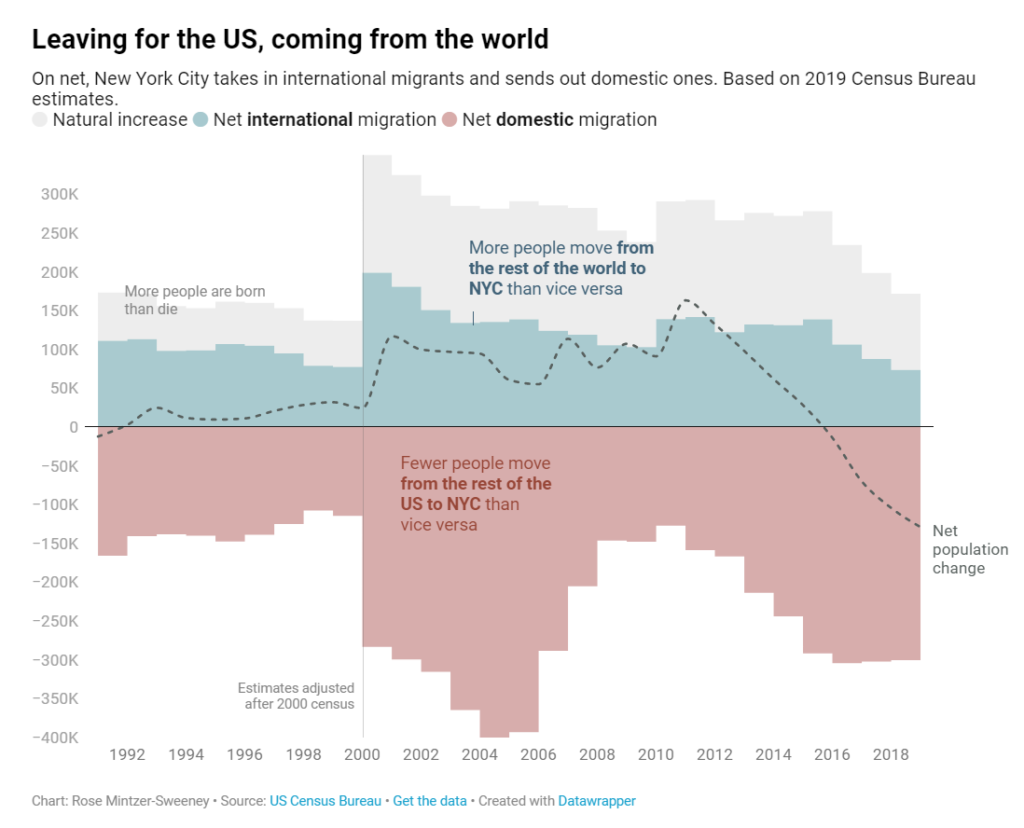Link: https://knowledge.wharton.upenn.edu/article/immigration-impacts-americas-aging-time-bomb/
Excerpt:
Anew research model from the Penn Wharton Budget Model (PWBM) has brought clarity to the immigration debate in the U.S. by analyzing the macroeconomic implications of different policy scenarios. The model is at the core of a paper titled “Immigration and the Macroeconomy” authored by PWBM experts – Efraim Berkovich, director of computational dynamics; Daniela Costa, economist; and Austin Herrick, senior analyst.
“We find that, after an initial period, increasing legal immigration improves both the government’s fiscal balance and the economy on a per-capita basis,” the paper stated. “Legalization policies [or regularizing undocumented immigrants], on the other hand, worsen the government’s fiscal balance due to increased spending, while having modest effects on the economy broadly.” Lawful immigrants receive government transfers over their lifetime such as Social Security benefits, Medicaid, and the Supplemental Nutrition Assistance Program (SNAP); if they are not sufficiently productive, they create a “retirement benefits imbalance,” the paper pointed out.
The legalization plan the paper modeled is similar to the legalization provisions in the Biden immigration plan. That plan was akin to “a one-shot legalization for people who are already in the U.S.,” said Herrick.
Author(s): Shankar Parameshwaran
Publication Date: 15 March 2022
Publication Site: Wharton at Penn
